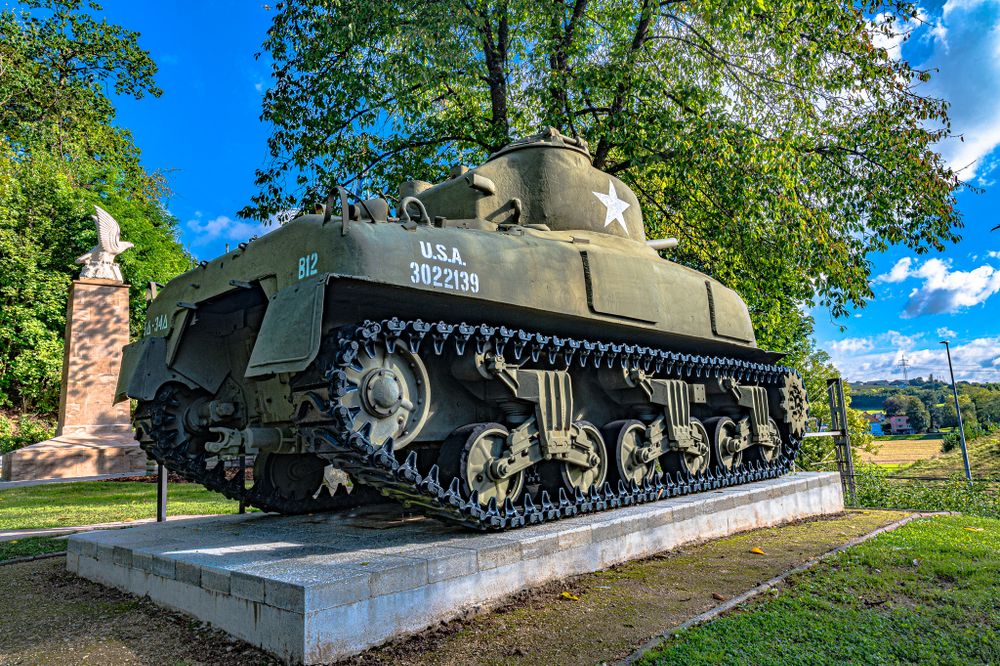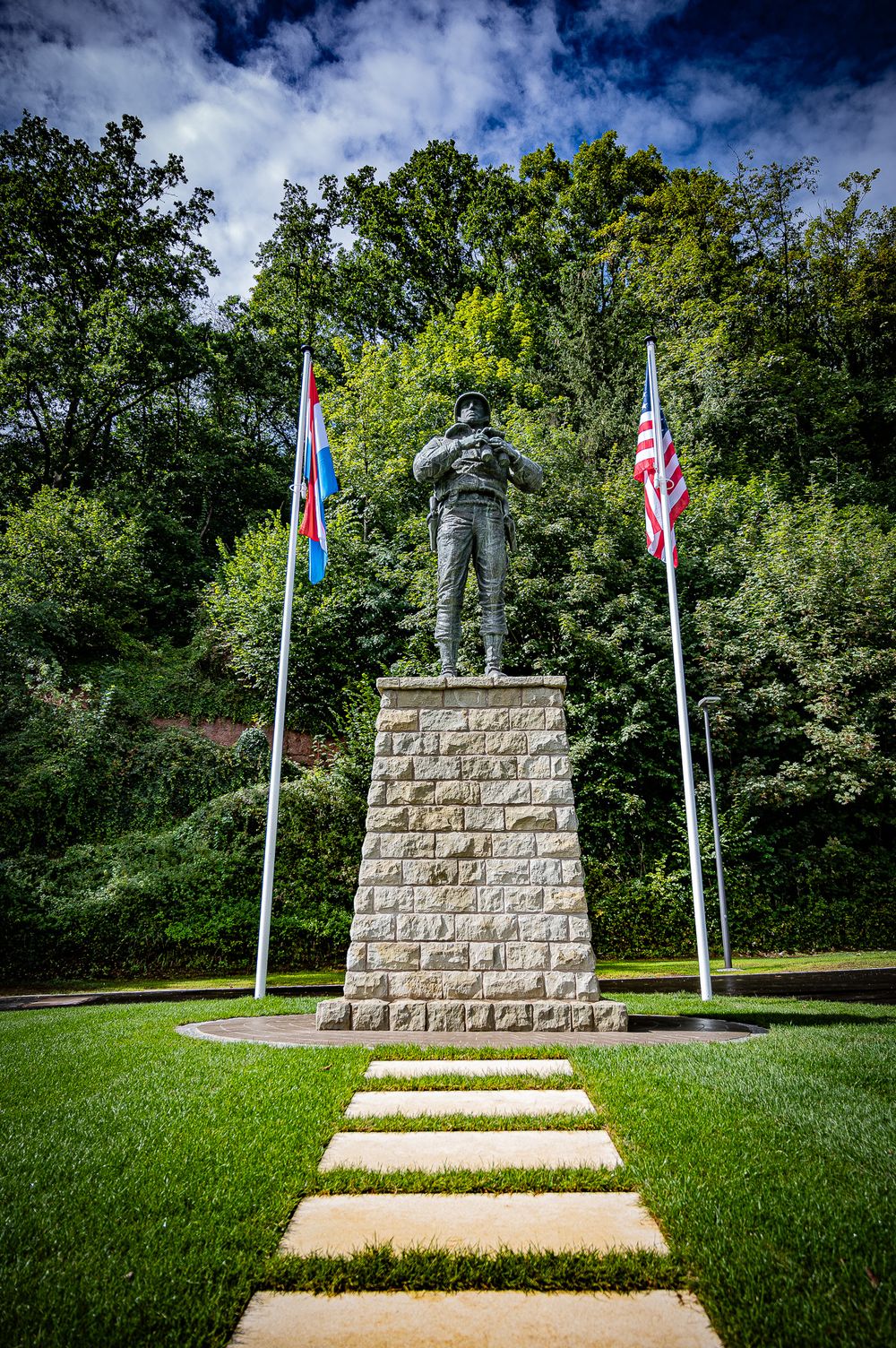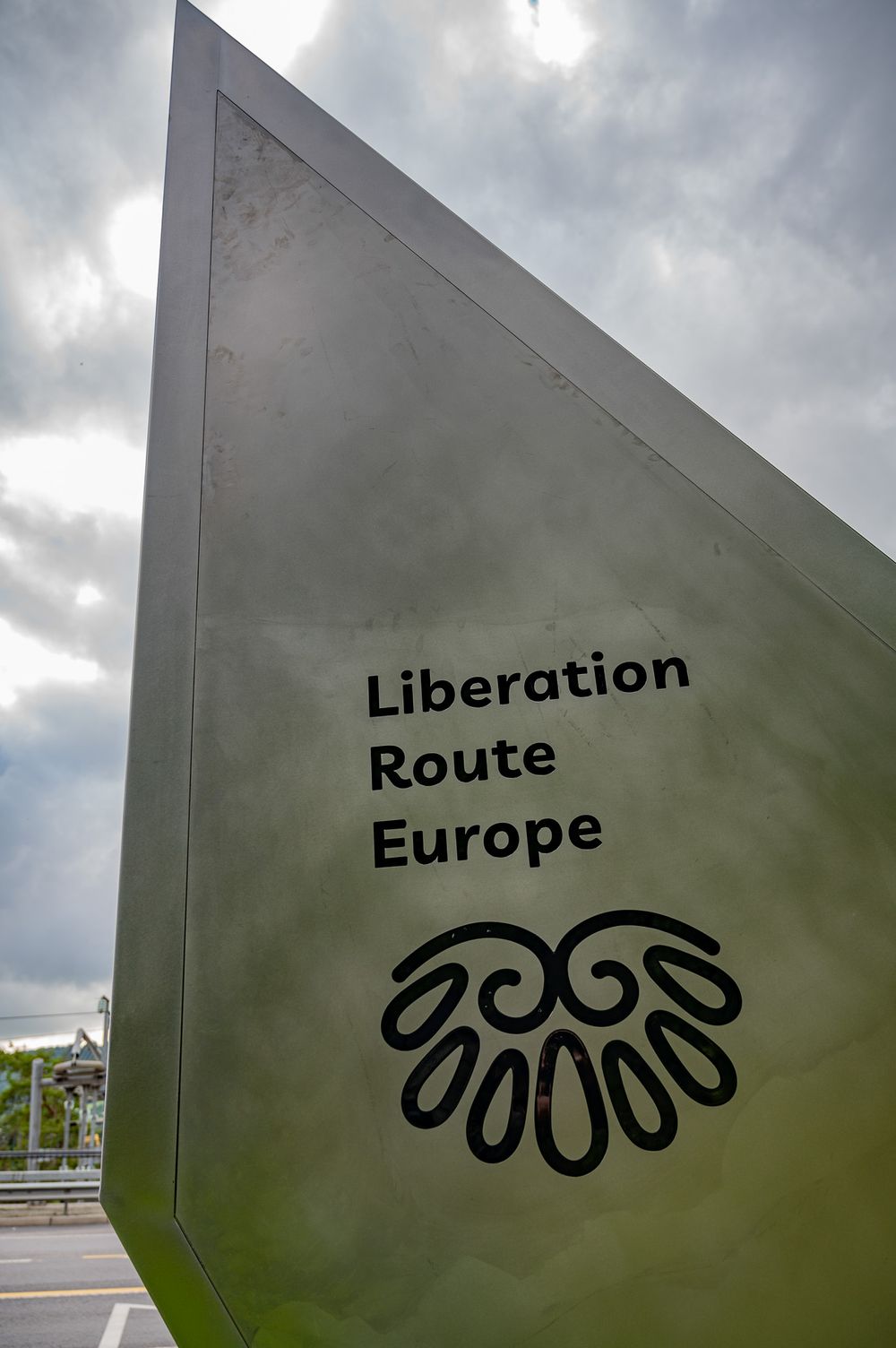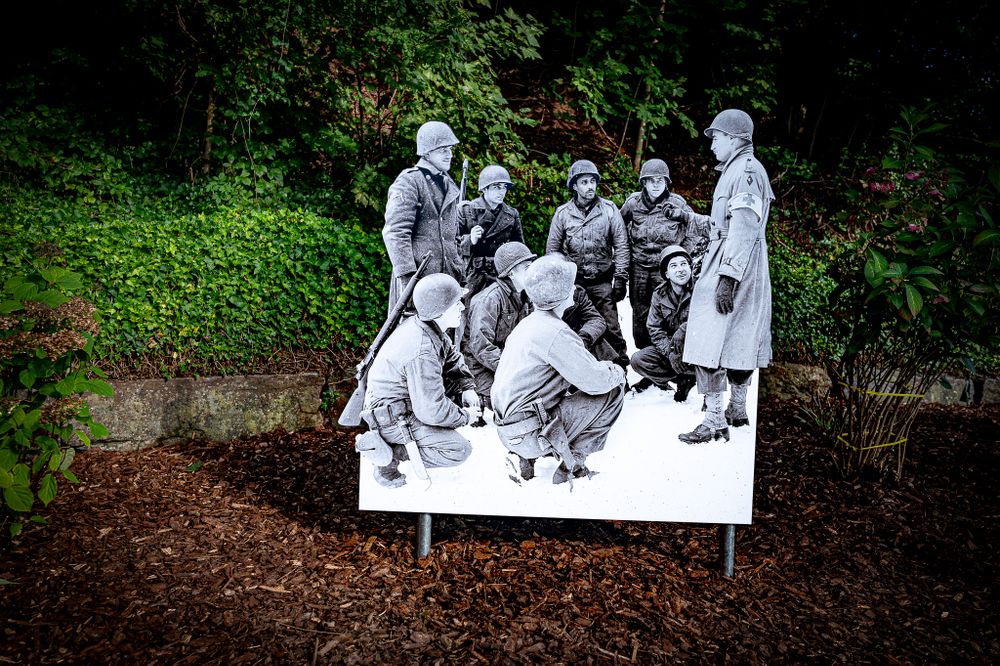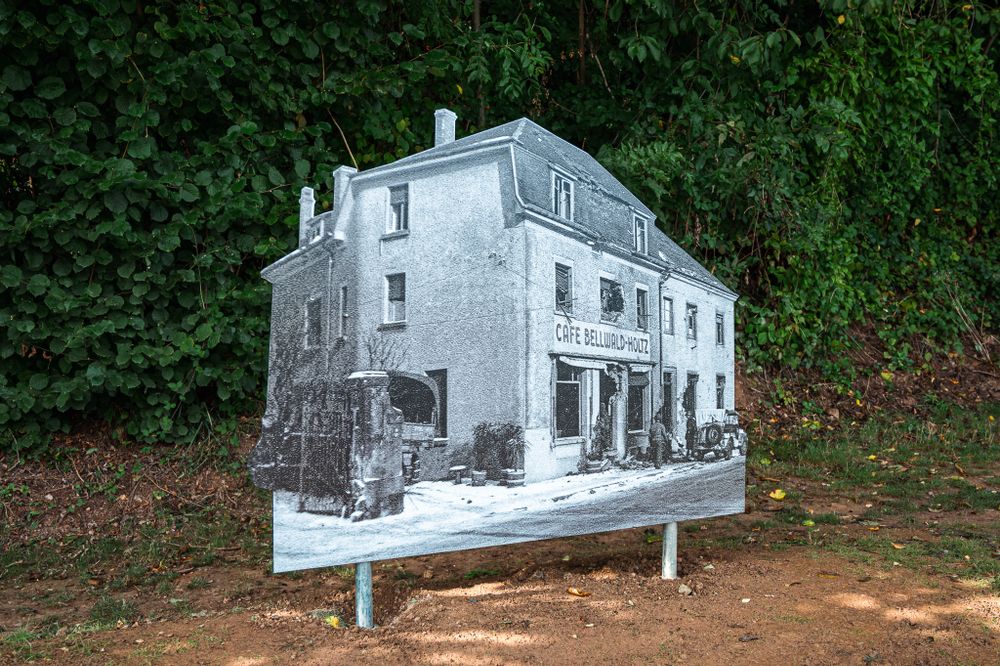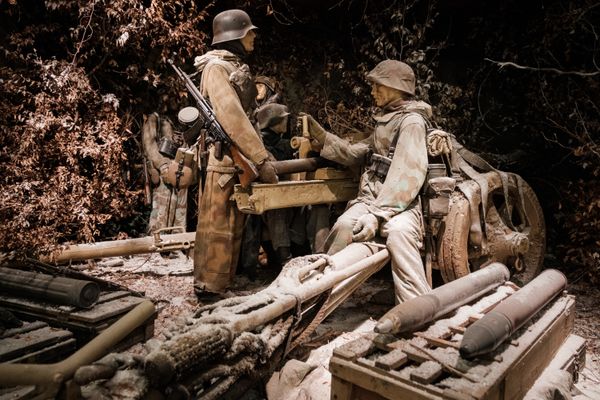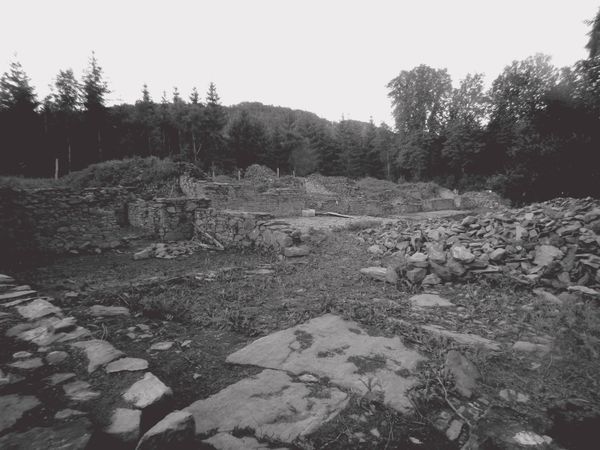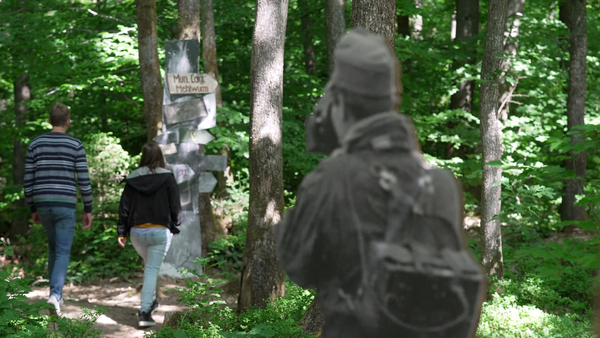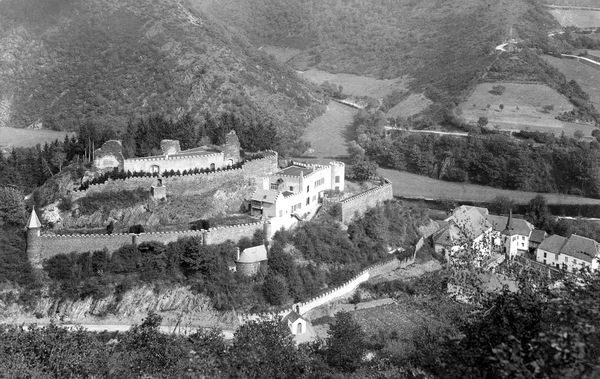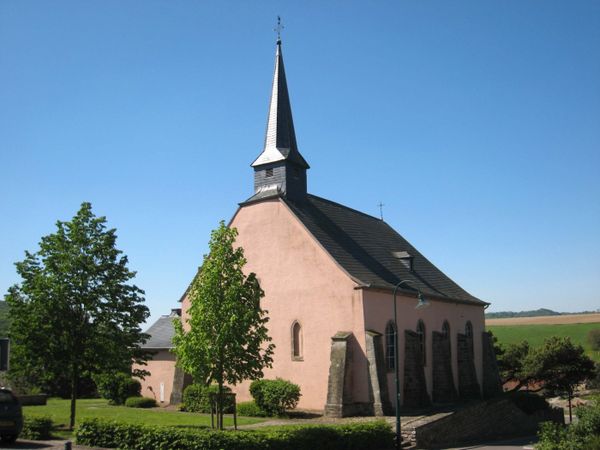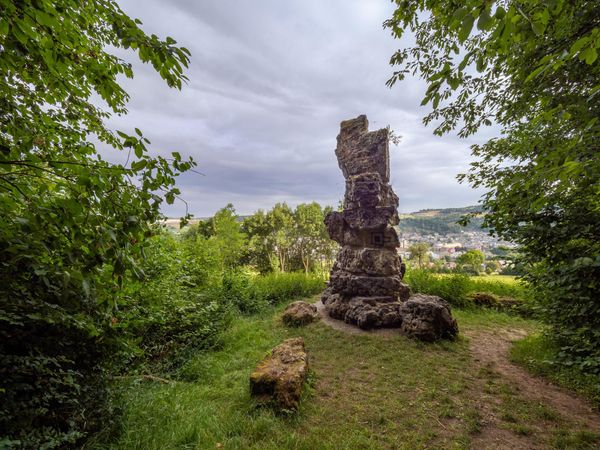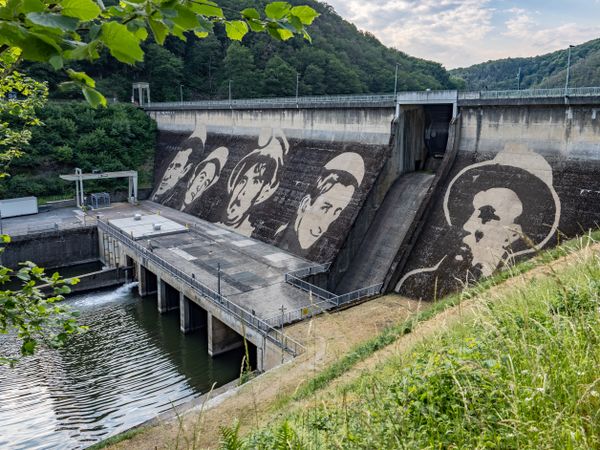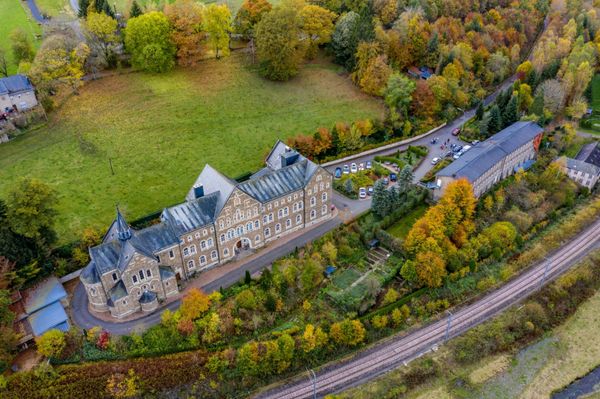
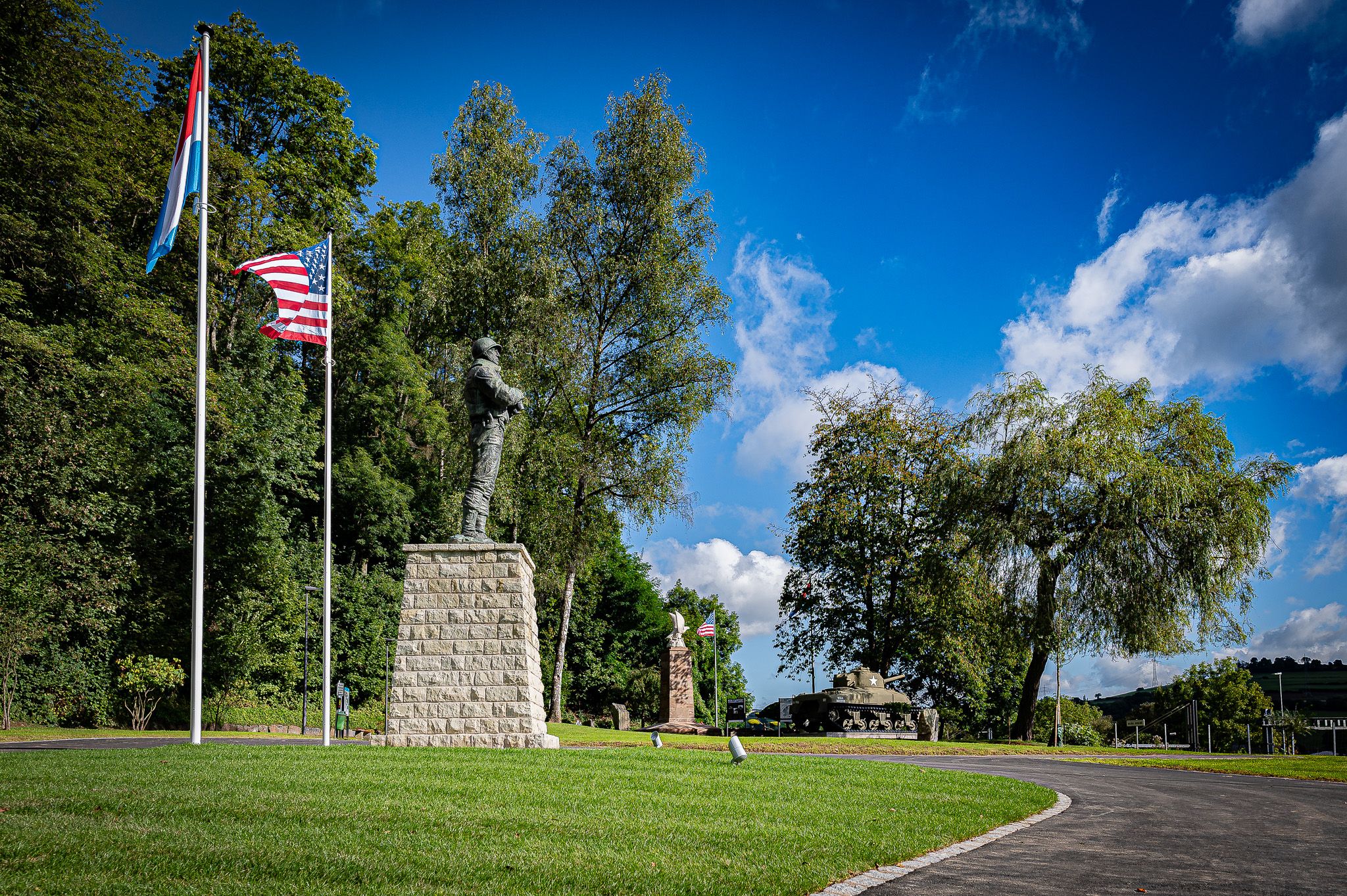
Patton Monument Ettelbruck
Where? 102, Avenue J.-F. Kennedy, L-9147 Erpeldange-sur-Sûre
Discover the Patton Memorial in Ettelbruck, an important place of remembrance. This monument honours General George Patton Jr, whose 3rd US Army liberated Ettelbruck in December 1944, stopping the invasion of the Wehrmacht during the Battle of the Bulge.
This memorial to General George Patton Jr, commander of the 3rd US Army which liberated Ettelbruck in December 1944, is located at a historical juncture. Here, the American troops succeeded in preventing the invasion of the Wehrmacht into the heartland of Luxembourg during the Battle of the Bulge.
The base of the monument inaugurated in 1954 is engraved with a sword driven into the ground, symbolising the armistice and peace. The emblematic animal of the USA, the bald eagle, is enthroned above it.
Since 1970, a bronze statue of General Patton and a US battle tank complete the memorial.
In 2024, Patton Square was completely redesigned. A new monument was added, integrating the itinerary of the ‘Liberation Route Europe’, and reminding visitors of the history of the various places along the route taken by Allied troops between 1943 and 1945 to liberate Europe from Nazi occupation.
The refurbishment also includes three silhouettes, inspired by historical images and donated by the US Embassy in Luxembourg.
Practical information
- Outdoor
- Accessible to all
Culture info
- History
Opening hours

